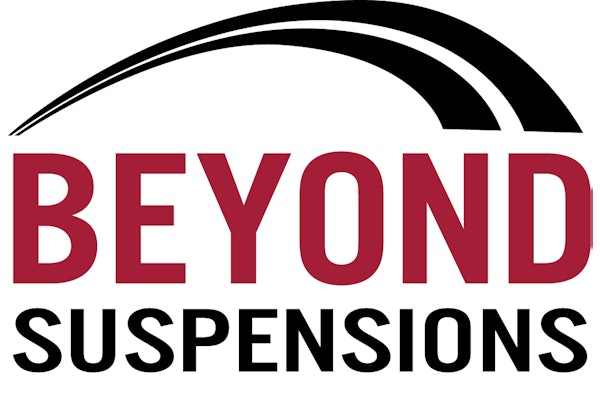By Truck Parts & Service Staff
 Customers visit our counters and service desks every day for advice on how to maximize their uptime and profitably. Our team always stresses the importance of preventive maintenance – how a small investment today saves problems and big money later.
Customers visit our counters and service desks every day for advice on how to maximize their uptime and profitably. Our team always stresses the importance of preventive maintenance – how a small investment today saves problems and big money later.
Recently I reflected that the unprecedented challenges we face in our economy and markets today are a parallel to the rocky roads faced by our customers each day – and thus a solid dose of preventive maintenance for our businesses could have the same desirable result.
Reduced revenues and margins, increasing costs, wage freezes, job losses, escalating customer demands – all of these factors can create stress in our businesses and challenge our employees. These stresses may cause errors or lapses in judgment that result in loss of customers and profits. These circumstances can be reduced to near elimination by a healthy, proactive assessment of business risks by management, combined with preemptive implementation of controls and daily exception reports.
This form of preventive maintenance is particularly important during challenging times, but also applies well to expansion initiatives like opening a new branch or adding product lines or services to an existing branch. The “thrill of the chase” of new business often can make basic blocking and tackling of business process control seem like a boring secondary priority. But these fundamental processes and controls help assure the success of new ventures and expansion efforts.
Here are keys to proactive assessment of business risk:
- Build a Risk Management Team: Engage your senior management team and other experienced managers and employees to brainstorm on the variety of ways employees can innocently or intentionally initiate transactions that can harm your business.
- Look Back: Consider past issues and problems you’ve faced and add them to your list of business risks.
- Ask the Experts: You pay good money to insurance brokers and carriers, bankers, accountants, lawyers, etc. – ask them where they have seen issues or risks in your business and at other clients that could represent risks in your business.
- Talk to Your Friends: Peers are a great resource to swap stories on business issues and risks.
- Assess Your System: Your computer system may have some fundamental flaws that allow experienced users to “work around” your defined policies and controls. These flaws represent business risk!
- Pricing policies;
- Credit policies;
- Customer approval/acquisition policies;
- Non-stock inventory purchasing policies;
- Capital expenditure policies; and
- Workplace safety shortcuts.
Once identified, develop preemptive controls and/or exception reports that mitigate business risks or, at a minimum, identify them promptly when they occur for rapid response. Classic instances of business risks that can be mitigated include:
Exceptions taken to these policies often will be justified by employees as necessary to win business. They may be right – but that is, of course, not the point.
Policies and controls provide guidelines on what is important to management and owners based on their experience and tolerance for risk. Deviation from defined policies and controls should motivate discussion for approval – but too often this important step is forgone in the spirit of ownership and entrepreneurial spirit that we all want from our employees.
The key is dialogue between management and employees – which brings us to the last critical component of your preventive maintenance plan. Meet frequently with your employees. Stress the importance of ethical conduct in all business dealings. Encourage communication from your employees about their daily challenges to ensure that defined processes and controls are in touch with their reality.
Make employees a part of the solution through this engaged dialogue and you will have prevented costly and unanticipated repairs to your business!







